
Canon EOS 5D Mark II, EF28mm f/1.8 USM lens, f/1.8, 28mm, 30sec, ISO1600 by Ian Norman
The mystery of the night skies leaves many wondering what lies beyond, and even more attempting to capture its incomparable beauty. We’ve seen images of star-studded skies resting atop mountain ranges and the Milky Way in its celestial glory. If you’ve ever wondered about astrophotography, read on to find out more.
Did you know that the very first photograph of an astronomical object was of the moon, and that it was shot way back in 1839? Shot by Louis Jacques Mande Daguerre (the inventor of the daguerreotype process), the resulting image was just an indistinct fuzzy spot on a dark background, due to tracking errors in the telescope that was used. It was not until the late 19th century did technology allow for more detailed stellar photography, and has since been adopted by scientists to photographers of all levels alike.
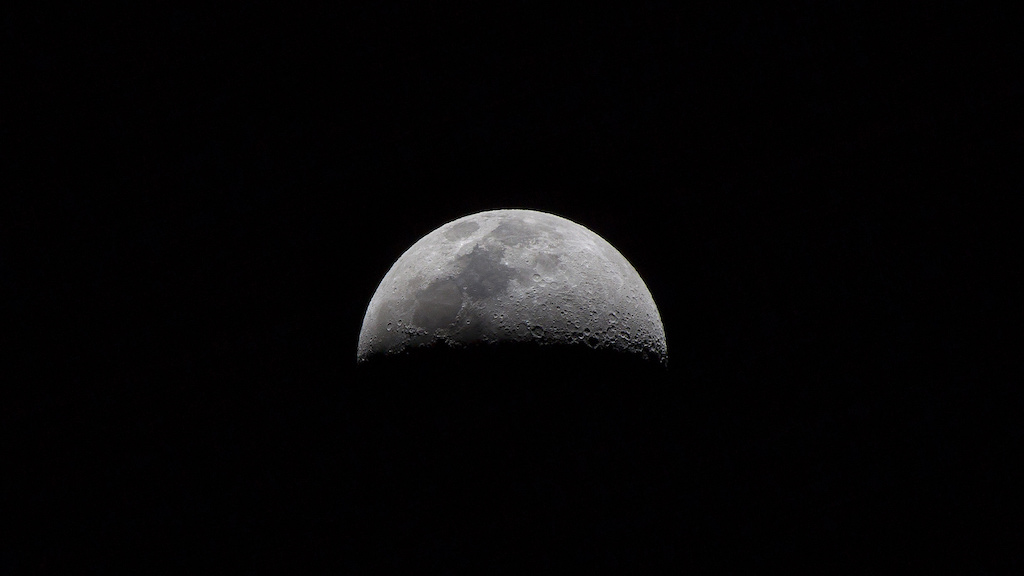
Canon EOS 50D, EF100-400mm f/4.5-5.6L IS USM lens, f/7.1, 400mm, 1/100sec, ISO100 by Dave Young
Astrophotography is defined as a specialized type of photography used for recording images of astronomical objects (like the moon, planets and nebulae) and large areas of the night skies. This form of photography revolutionized the field of professional astronomical research as it allowed scientists to record the millions of new stars and nebulae that were formerly invisible to the human eye. With the mysteries of the solar systems slowly being unraveled, it comes as no surprise that photographers –professional to amateur – quickly got on board this genre, for like the skies themselves, the possibility of formations captured were endless.
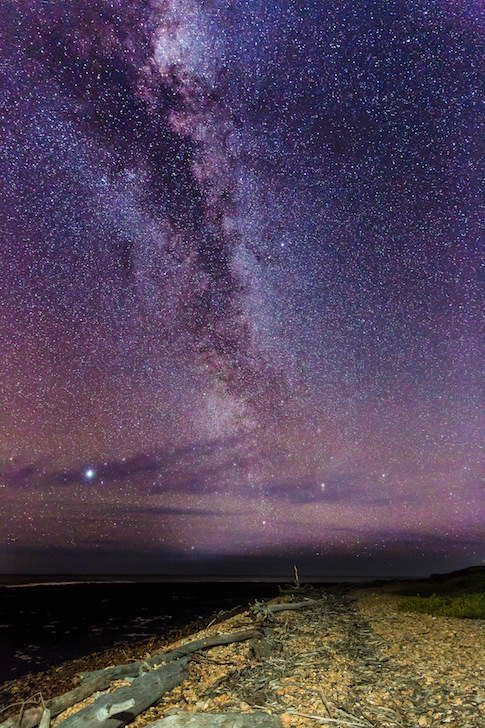
Canon EOS 5D Mark III, EF24-70mm f/2.8L II USM lens, f/2.8, 24mm, 20sec, ISO4000 by Scott Cresswell
There are two main types of astrophotography achievable with DSLRs:

Canon EOS 6D, EF24mm f/1.4L II USM lens, f/1.4, 24mm, 2.5sec, ISO3200 by Paul Williams
Wide field astrophotography – This type of astrophotography is the most popular among photographers, and is shot with DSLRs and wide angled lenses. It typically depicts starry skies or star trails above a landscape. When shooting this genre of astrophotography, allow for a good deal of time, because you’re going to need plenty of it. You’ll be exposing your sensor to the very faint light coming in through your lens’ aperture, meaning you’ll be either shooting on bulb mode (which allows you to achieve shutter speeds longer than allowed on most DSLRs) or leaving the aperture open for up to tens of minutes at a time.
Time lapse astrophotography – similar to wide field astrophotography, with the only difference being that you combine multiple shots of different exposures in a video or single image. If you wish to attempt time lapse photography, you will need an intervalometer. It is a programmable automated camera trigger that allows you to shoot hundreds of photos at precise time intervals and set exposure lengths. When using this device, ensure there is sufficient time between shots for your camera to write the image to the memory card – 5 seconds is usually a good amount of time to go by.
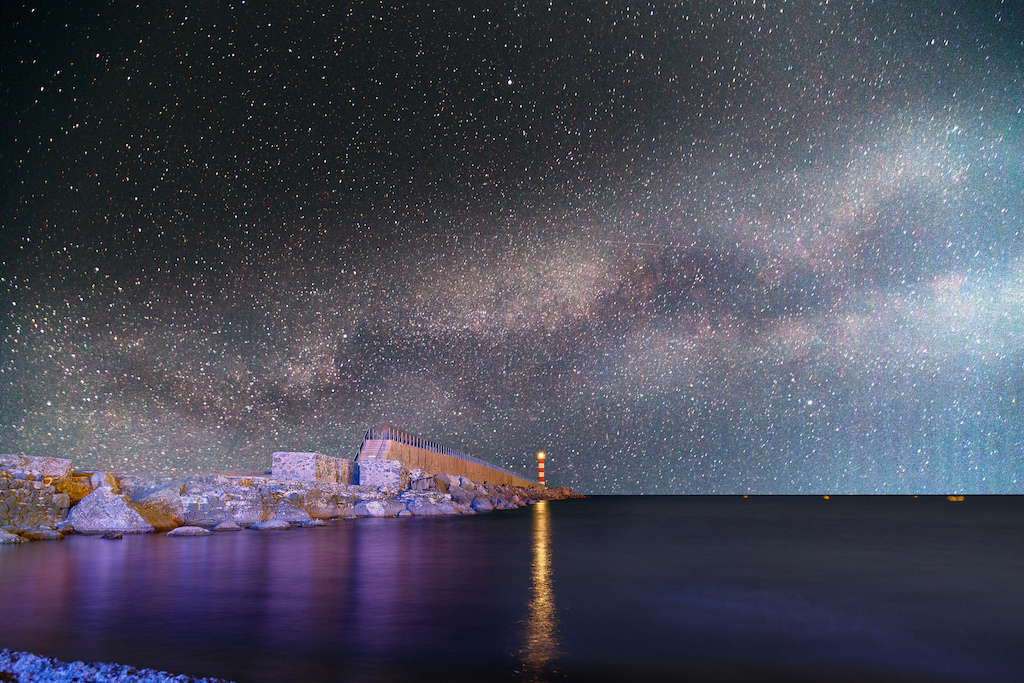
Canon EOS 5D Mark III, EF24-105mm f/4L IS USM lens, f/4, 24mm, 30sec, ISO2500 by Maxime Raynal
Be prepared to be patient
Employing long exposure photography techniques, astrophotography can be challenging, but is also a relatively easy hobby to get start on at an entry level. You will definitely need a good deal of patience if you want to master this genre! You’ll also need a DSLR as they tend to perform more efficiently in low light conditions, a wide angle lens and a tripod for stability. A good understanding of the season helps too, as it dictates where the stars are located in the night sky, so you won’t be shooting blind. It will give you an idea where to point your camera at various points in the year, although if you do not care to study the science behind it, you can always use an app. If you live in the city, getting out to an area with less light pollution will certainly make the experience easier.

Canon EOS 5D, EF16-35mm f/2.8L II USM lens, f/2.8, 16mm, 30sec, ISO6400 by Jason Corey
Equipment matters
If you’ve been inspired to pick up astrophotography, it is also important to truly understand your equipment, as you would be shooting manually. This is because on automatic mode, the camera will be unable to correctly evaluate the settings with the amount of light available at night. Most cameras these days allow you achieve high ISOs, which makes shooting at night a lot easier, but do note that the more you crank up the ISO, there’ll be more noise in your image. Keep your shutter and exposure open; the former allows for more light to enter your lens and the latter will let you capture more star trails as the stars streak through the sky due to earth’s rotation.
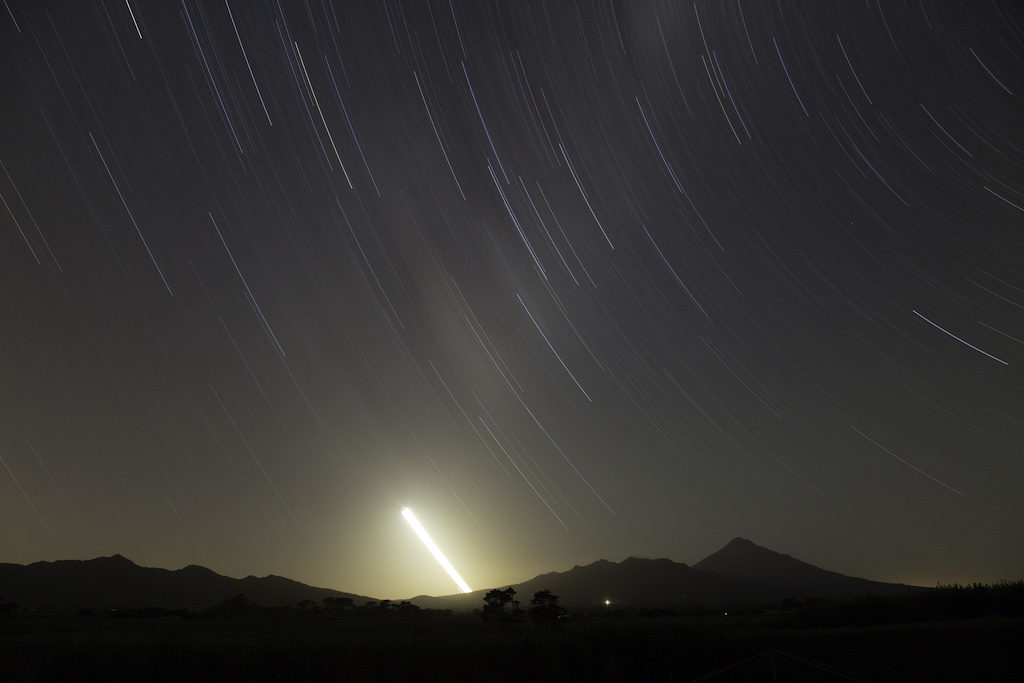
Canon EOS 6D, EF24-105mm f/4L IS USM lens, f/8, 24mm, 3104sec, ISO200 by Dave Young
The Rule of 600
On that note, if you do not want to capture star trails, then you must factor in the movement of the stars as it would affect the outcome of your photo. Most photographers employ the Rule of 600, which states that to eliminate star trails, the exposure time in seconds should be 600 divided by the true focal length of your lens. This is to prevent the stars from “moving” too much due to earth’s rotation, because if you are using a fixed tripod, you will see movement across the frame even after a fraction of a second.
Receive the latest updates on photography news, tips and tricks by signing up with us!
Profile of author
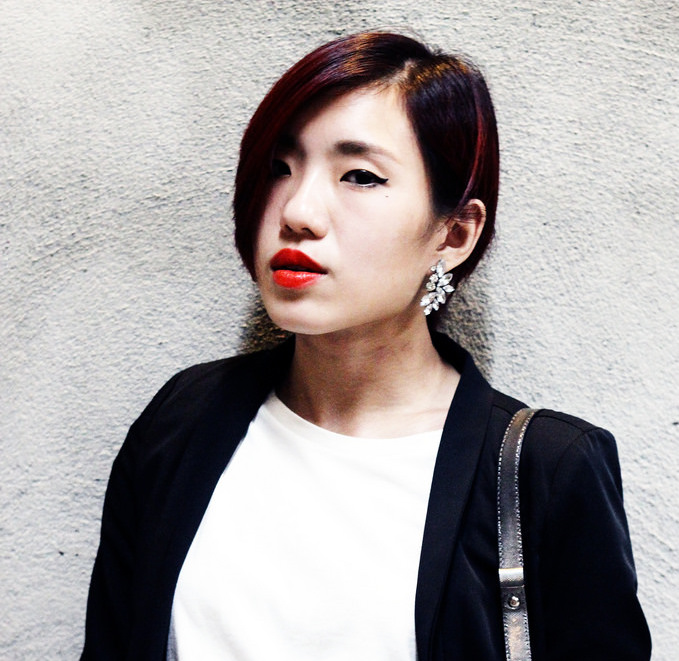
Mona Teo
Mona Teo is a writer based in Singapore who believes that there is nothing more powerful than the written word (not counting coffee). An avid scuba diver and traveler, she relies on her Kindle to get her through flights and seeks inspiration from the world around her.

































